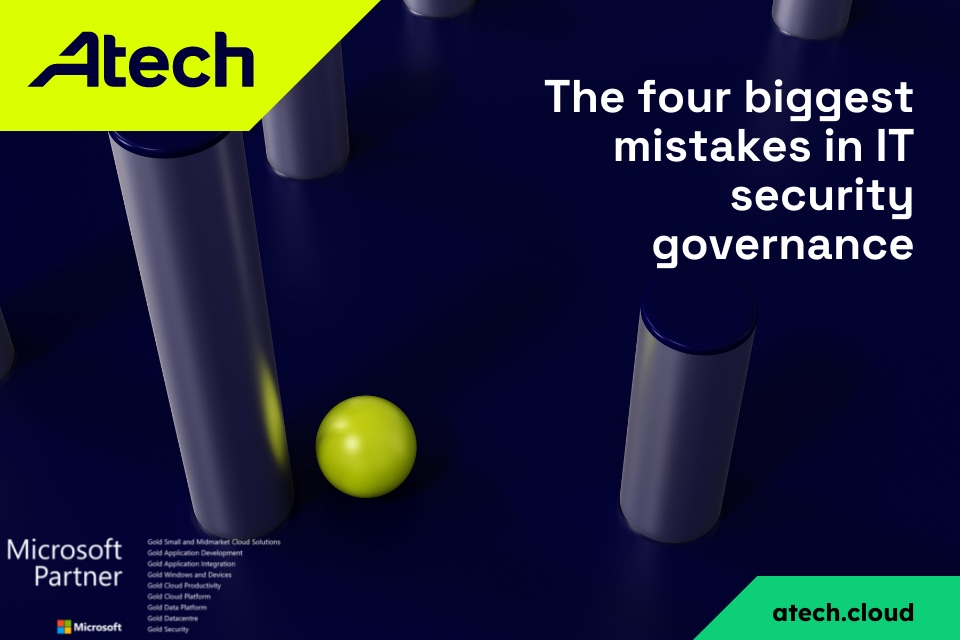Asset financing – and how to avoid getting stung by unexpected costs from hyperscalers
https://cybersecureforum.co.uk/wp-content/uploads/2024/02/finance-john-vid-4tyfmOIw6n8-unsplash.jpg 960 640 Guest Post Guest Post https://secure.gravatar.com/avatar/cb2a67f15cd7d053d8e638a1df3fd67f?s=96&d=mm&r=g“To hyperscale or not to hyperscale” remains a key question for any CIO. And, while the majority of large organisations have already taken that step, for some, if not all, they question whether their IT infrastructure strategy is delivering the cost and flexibility benefits expected. At a time when capex budgets are coming under ever greater pressure, pushing CIOs even harder towards the hyperscale opex alternative, Mark Grindey, CEO, Zeus Cloud calls on CIOs to read the small print – or pay the price…
Escalating Costs
Drivers for the adoption of public cloud platforms vary, but for many larger organisations, the agility, innovation and scalability have outweighed the expected cost benefits. The ability to spin up new systems has improved time to market, accelerated digital transformation and enhanced business resilience. For CIOs, the shift away from on premise to the hyperscalers has met objectives – in the main. There is one, very notable exception: cost. While cost control may not have been the priority, it is always a factor in any IT strategic change. Few businesses expected to incur the level of ‘additional’ costs associated with the public cloud. And, given the on-going economic challenges, this upward trend is raising serious concerns.
The biggest problem is that, despite the perception, the price of public cloud service is not ‘known’. Monthly costs are not consistent. The subscription model is just one element in a sliding scale of usage- based costs. Companies are discovering the additional fees demanded for extra security and support. They are incurring far greater storage costs, due to the tendency to charge for both storing and deleting data. Even a user inadvertently changing Active Directory settings can lead to an unexpected hike in costs.
Add in the limitations on bandwidth, the additional charges for cpu or RAM, plus the fact that if the business is using VMWare, it will be paying again based on those same usage factors. Therefore, it’s these further hidden costs of the cloud that have caught many companies by surprise.
Security and Latency Risks
Of course, unexpected IT costs are nothing new. Big companies have deep pockets – if the public cloud is delivering the required agility and flexibility, is the higher price tag worth it? The problem is that the escalating level of security attacks on these high profile hyperscalers is also causing serious concerns, especially for organisations dependent upon 100% uptime and very low latency.
Financial services organisations cannot endure the increasing latency associated with essential additional levels of security. Key infrastructure providers, including telecommunications and utilities, are justifiably concerned about the risks associated with Distributed Denial of Service (DDoS) attacks occurring almost continuously on these organisations.
But what is the alternative? At a time of economic and geopolitical uncertainty, there is little if any desire to revert to the traditional IT finance model, however deep an organisation’s pockets. Add in new compliance demands and the need to adapt to a changing marketplace, and capex projects are already oversubscribed. Further, large businesses have embraced the flexibility and agility associated with scaling up and down in line with demand. New business innovation is now predicated on the ability to accelerate IT development.
Retaining Flexibility
The cloud model works on so many levels. The issue that organisations have to address is how to retain a cloud-based infrastructure without incurring unacceptable costs. Clearly, it is vital to read the small print. But it is also important to consider the alternatives. Would an on-premise private cloud option work, for example?
Using flexible financing, Service Integration & Management (SIAM) vendors can offer the agility of the cloud with the benefit of locating the kit either on premise or in a dedicated co-location centre. Unlike Managed Service Providers (MSPs), a SIAM doesn’t mark up the equipment. It will simply use its market buying power to access the best prices for the kit required.
Critically, when compared head-to-head with the equivalent hyperscaler cost, this model is typically 50% cheaper. And, with simpler, transparent contracts, companies can – finally – achieve the known monthly cost model that was one of the original promises of the cloud.









